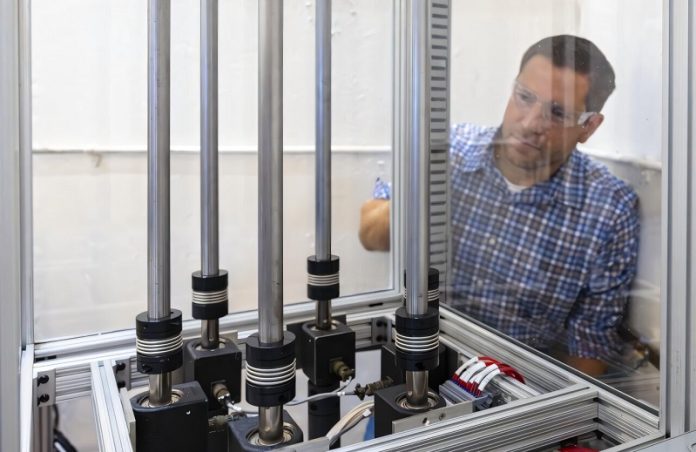
Sending humans to Mars will require reliable energy systems that can work without constant human attention.
One of the most promising options is nuclear power, but building a space reactor that can operate autonomously is no small task.
To help make this a reality, scientists at Oak Ridge National Laboratory (ORNL) have created a special test bed that mimics the conditions of a space reactor—without using actual nuclear fuel.
Traditional nuclear tests are expensive, highly regulated, and slow to set up. ORNL’s approach allows researchers to sidestep these challenges by creating what’s called a “hardware-in-the-loop” system.
This system combines real pieces of equipment with advanced computer models, letting engineers simulate how a space reactor would behave under different conditions.
In practice, this means NASA and its industry partners can design and test new control systems, safety features, and hardware much more quickly.
The test bed is built with affordable parts and open-source software, making it flexible and cost-effective.
Engineers can deliberately push systems to their limits in a safe environment, discovering problems and fixing them long before astronauts would depend on them millions of miles from Earth.
“Instead of waiting until we’re in space to see what goes wrong, we can figure it out here on Earth,” explained Brandon Wilson, a researcher at ORNL. “That way, when astronauts rely on these systems far from home, we know they’re ready.”
Autonomous control is particularly important for deep space missions. Communication delays between Earth and Mars can stretch to 20 minutes each way, making real-time human operation impossible.
Space reactors will need to adjust themselves to changing conditions, maintain stability, and keep astronauts safe without waiting for commands from Earth.
By providing a safe, repeatable, and affordable testing platform, ORNL’s non-nuclear test bed could play a critical role in making nuclear power for space both practical and reliable. It is a small but essential step toward giving astronauts the dependable energy they’ll need to explore—and one day live—on Mars.



